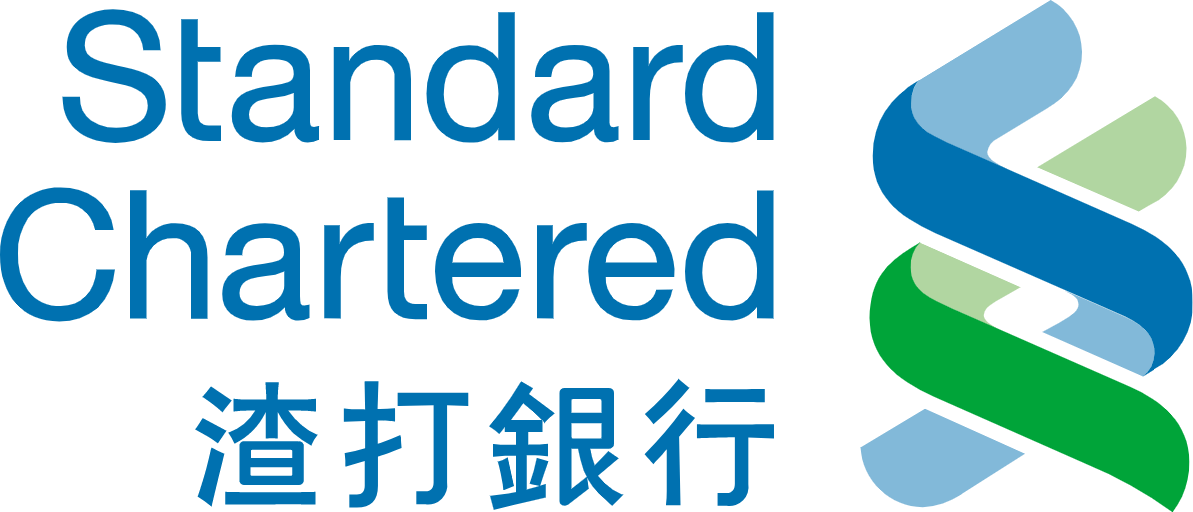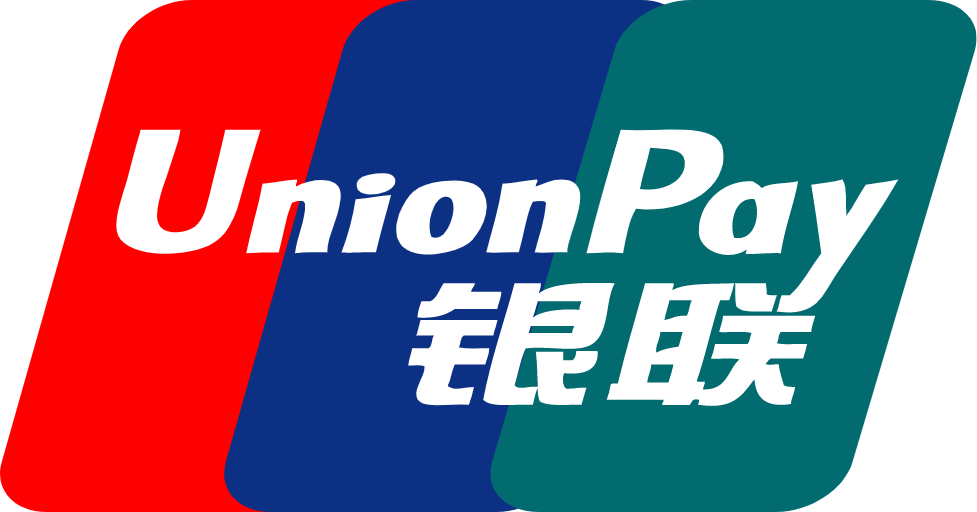SEO optimization tips to increase website traffic include prioritizing keywords with 1000-5000 search volume and less than 30 competition, and writing in-depth content with more than 2000 words, which can increase traffic by 50%. Enhance website authority by acquiring 3-5 high-weight external links per month. Repair Broken links Recover 10% traffic loss, optimize page load speed to less than 2.5 seconds, improve user experience. Improve the title and meta description to improve the click-through rate of 20%, to ensure that the page coverage rate of more than 90%.
Focus on low competitive difficulty keywords
When optimizing, target the keywords that have a moderately matching search volume and a low competition difficulty for better and easier rankings in the short run. For example, using SEO tools to analyze and choose keywords with a monthly search volume of 500-1,500 and a Keyword Difficulty below 30 can help boost traffic.
Use keyword research tools like Ahrefs or SEMrush to filter target keywords that have a monthly search volume ranging between 1,000 and 5,000 and KD below 30. Analyze your competitors for long-tail keywords that they probably have not covered or optimized well; this would increase your chances of ranking higher in ranking.
Naturally fit in low-competition keywords into your content, including titles, H1 tags, meta descriptions, and the first paragraph, while keeping keyword density controlled at 1%-2%. Also, build pages dedicated to such keywords; these can be FAQ pages, guides on the industry, or product descriptions. That will increase their relevance.
Constantly keep a watch on keyword ranking and modify your optimization strategy accordingly to keep up with the competition.
By implementing these strategies, optimization for low-competition keywords can become a key breakthrough for quickly building traffic.

Create quality and comprehensive content
Search engines like content that solves user needs. Creating long-form content related to industry issues, questions, and user interests—like in-depth articles of more than 2,000 words—can increase page dwell time by over 30% and improve the chances of conversion.
Analyze the needs and pain points of your target audience to come up with practical content that solves specific problems, such as industry guides, case studies, or detailed tutorials. Ensure the article is over 2,000 words, covers core topics and related long-tail keywords, and includes data to enhance credibility.
Utilize images, videos, and other information graphics to enhance visualness for the best user view-time on-page. Update existing content by adding the latest information and optimizing keyword density to make certain that your pages remain competitive.
Organize content using straightforward paragraphs; make use of H2s and H3s in appropriate structure, and insert internal links when necessary to create and provide more readability for better page authority distribution.
Comprehensive content not only helps increase rankings in search engines but also provides a way for users to trust your website and allows for sustainable traffic growth.

Get high-quality external links
Broken links can harm user experience and lead to a loss of authority. Use tools like Screaming Frog to check for broken external links and fix them through outreach or internal redirects to restore up to 10% of lost traffic each month.
Broken links not only make for a bad user experience but also lead to lost website authority and traffic. Finding and fixing those links in a timely manner could pay back the value of backlinks, improve SEO performance, and reduce the risk of losing potential customers, ensuring more stable traffic coming to your site.
Run your website periodically using Screaming Frog or Google Search Console to identify broken internal and external links, and then group them for resolution. Having found the broken external links, contact the administrators of the referring websites and suggest updating to the correct page or relevant alternative content. For internal broken links, set up 301 redirects that will guide traffic to other valid pages, reducing bounce rates and recovering lost traffic.
Also, when renovating content, check for and remove broken links to prevent the issue from happening time and again. Besides, you need to create a custom 404 page with some useful navigations to route the lost users to other key pages on your site.
This will help you lessen the damage caused by a bad link and provide a good user experience while maintaining authority and traffic to your site.

Repair invalid links and recover traffic losses
Search engines like content that solves problems for users. Long-form content, addressing industry issues, questions, and user interests—like in-depth articles of more than 2,000 words—can increase the dwell time on a page by more than 30% and improve conversion chances.
Analyze your target audience’s needs and pain points, creating practical content that solves a certain problem. This could be an industry guide, case study, or in-depth tutorial. Ensure the article exceeds 2,000 words, covers core topics and related long-tail keywords, and includes data to enhance credibility.
Use of multimedia items such as images, video, or infographics maximizes visual and engages on-page time. Update old information with the latest to achieve better keyword density for maximum competitiveness.
Create content broken up by paragraphs, organizing with H2 and H3 headers where appropriate, and adding internal linking to make it easier to read and spread out page authority effectively.
Comprehensive content increases the ranking in search engines; it also helps in developing trust among users in your website, thus creating a strong foundation for sustainable traffic increase.
Optimize Core Web Vitals indicators
Core Web Vitals are made up of LCP, FID, and CLS-three important metrics that directly impact the user experience. Optimizing server response time, compressing images, and lazy loading of scripts can help improve loading time to less than 2 seconds and, in turn, improve search rankings.
Reduce response times of the server, either by choosing faster hosting or using a CDN to try to lower LCP, below 2.5s. Compress images and video using formats like WebP or resize files to decrease page weight and improve the speed of loading.
Simplify your code through the removal of superfluous CSS and JavaScript; leverage lazy loading to ensure good interactivity. Avoid layout shifts by hardcoding image and advertisement sizes so that the page will not jump while it loads.
Identify problem pages with tools like Google PageSpeed Insights and optimize them in steps based on the suggested recommendations. Also, be sure to monitor metric changes regularly.
Optimizing Core Web Vitals not only enhances user experience but also ensures better search engine friendliness, providing strong support for website traffic growth.
In-depth optimization of page SEO details
Optimizing titles, meta descriptions, and H1 tags is one of the ways to improve the SEO ranking of pages. For example, using keywords in title tags within 100 characters and naturally inserting keywords at the beginning of the paragraphs, as well as alt tag descriptions of images, can increase page relevance up to 20% of a page:.
Core keyword inclusion in the title and meta description, where the length of the titles should not cross 50-60 characters, and meta description should not cross 150-160 characters, as per SERP. Optimization of structure in H1-H3, clear hierarchy, natural inclusion of target keywords and related long-tail keywords.
Embed primary keywords within the first 100 words of the main content while keeping the flow natural and avoiding keyword stuffing. Add ALT attributes to images, using descriptive text with keywords to boost visibility in image searches.
Include internal links pointing to relevant content pages to enhance user engagement and improve the overall weight distribution of the page.
With detailed page SEO optimizations, your website will be able to improve its friendliness to search engines and attract more target users effectively.
Pay attention to page collection and index
Ensure that every page is effectively indexed by search engines. By using Google Search Console to monitor the index status and promptly optimizing problem pages, updating the content, or submitting indexing requests, the indexing rate can be brought to over 90% throughout the site.
Indexing is the initial step in SEO optimization. The improvement of rankings and growth in traffic can only be guaranteed when pages are crawled and indexed by search engines. You can optimize page structuring and submit indexing requests for better crawl efficiency and improving the overall indexing rate of a site.
Verify through Google Search Console for Indexation Status and proactively Indexing Request for Nonindexed Pages. Ensure that your important pages are not blocked with appropriate settings in the robots.txt file. Enhance the XML Sitemap with necessary page additions, updates periodically, and submission to the search engines.
Avoid duplicate content, and make sure each page has its unique value. Indicate the original version of a page using canonical tags. Work on page load speed and its friendliness to mobile gadgets for better meeting the technical requirements of search engine crawlers.
By implementing all these strategies, you can substantially enhance the efficiency of page indexing and ensure more views of your content to generate more traffic.










